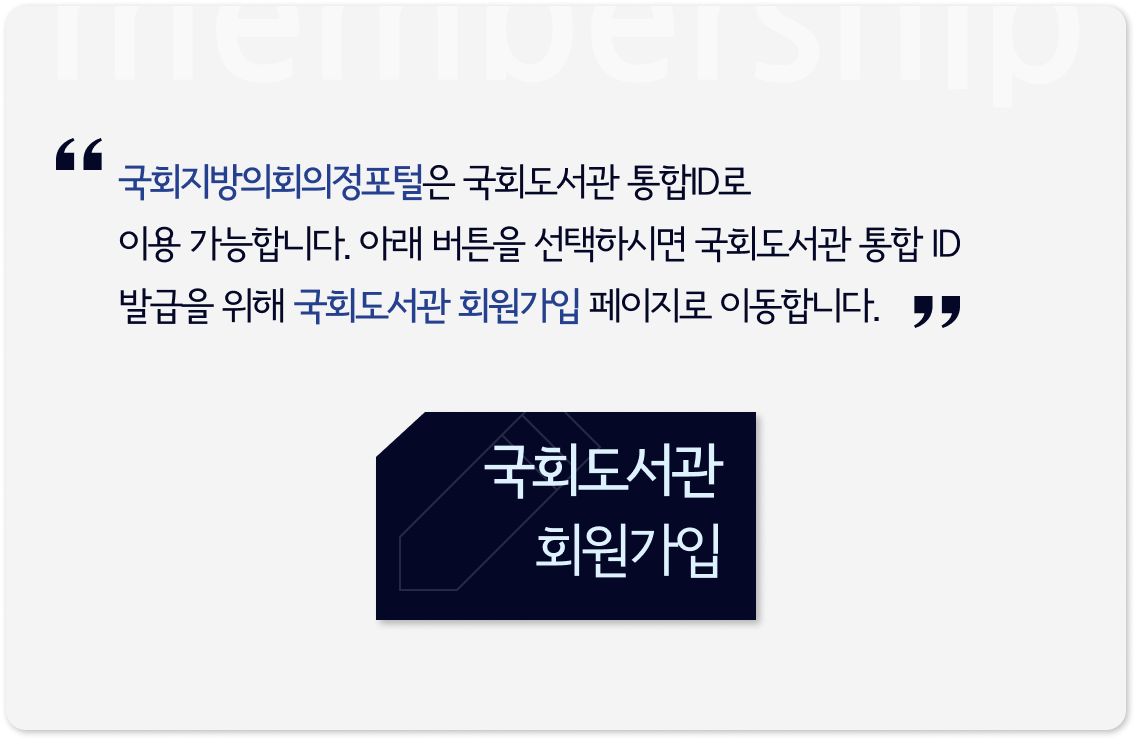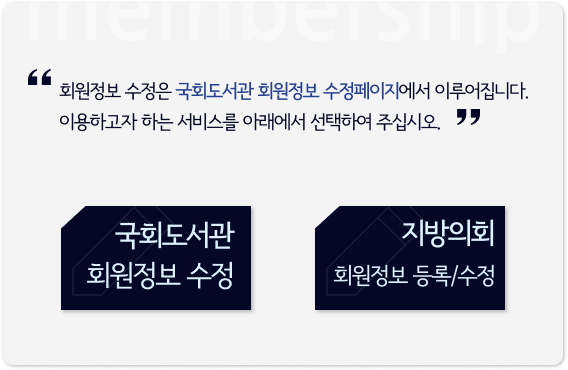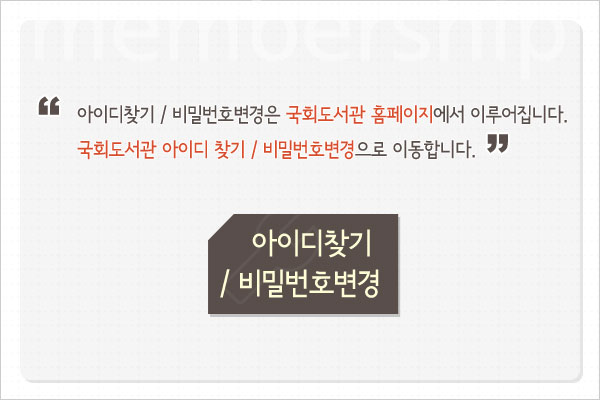(연구배경 및 목적) 본 연구는 서울시 1단계 일반근린형 도시재생 거점시설을 통해 민관파트너십의 유형을 도출하고 공공과 민간의 관계를 밝히는 것을 목적으로 하였다. 도시재생 거점시설은 거버넌스와 예산이 대거 투입되고, 도시재생사업 이후 지역의 핵심 거점으로서 기능하도록 조성되는 대표적인 사업이며 민관파트너십은 도시재생의 본질을 이루는 가치로서 거점시설과 민관파트너십의 지속성은 도시재생사업의 지속성과도 연결된다고 판단하였다. 이러한 특징에 주목하여 본 연구는 도시재생 거점시설을 통한 민관파트너십을 연구함으로써 도시재생사업의 성과를 고찰하고 시사점을 제시하고자 하였다. (연구방법) 선행연구 검토를 통해 거점시설의 개념 서울시 도시재생의 특징, 민관파트너십 정의를 살펴보고, 본 연구에서의 공공과 민간, 민관파트너십의 용어 정의를 하였다. 도시정책에서 공공과 민간 간 계약 내용에 따라 민관파트너십을 구분한 선행연구를 검토하여 민관파트너십 유형에 외주계약, 양허 파트너십, 동맹 파트너십 유형이 있음을 확인하였고, 도시재생 거점시설 운영 민관파트너십 분석을 위해 계약주체, 계약기간, 자금조달, 소유권 4가지 항목을 조사하였다. 분석방법에는 운영 계약서 등 문헌분석과 거점시설 운영 관계자와의 심층인터뷰를 이용하였다. 분석 대상은 서울시 1단계 일반근린형 도시재생사업 지역으로 8개 지역 21개 거점시설의 지역별 마중물사업 예산 대비 거점시설에 투입된 예산과 시설 내용 및 운영 주체를 조사하였다. (결과) 도시재생 거점시설은 마중물사업 예산의 평균 약 50%를 차지하는 대표적인 사업이었고, 주민의 공동체 활동과 수익사업, 역량 강화 기능을 하도록 조성되었다. 운영 주체 조사 결과, 본 연구에서 민간으로 정의한 주민 모임 및 단체, 협동조합, 사회적기업, 도시재생기업이 운영하는 거점시설은 21개 중 10개였으며, 지역은 창신·숭인, 해방촌, 암사, 성수, 상도4동 5개 지역이었다. 도시재생 거점시설 운영 계약을 통한 민관파트너십 분석 결과, 거점시설 운영에 있어 공공은 공간 제공, 민간은 시설의 관리비, 운영 경비 등을 부담하는 등 역할을 분담하여 자금을 조달하고 있으나, 공공은 시설소유권자로서 지역적, 정치적 환경에 맞추어 거점시설 운영에 중요사안인 계약 기간이나 시설의 용도를 변경하는 등 위험과 책임을 최소화하고 있음을 알 수 있었다. 특히, 계약기간의 경우 계약서상 민간이 갱신 요청이 가능하여도 공공 측의 정책 방향에 따라 기간 연장이 받아들여지지 않았다. (결론) 서울시는 도시재생사업 추진 과정에서 민관파트너십을 강조함에 따라 마중물 사업 종료 이후 도시재생을 관리할 민간 주체인 도시재생사업 모델을 개발하여 거점시설 운영을 맡도록 유도하였다. 따라서 본 연구에서는 민간으로 대표되는 도시재생 기업과 서울시 및 자치구를 중심으로 관계를 살펴보았다. 현재 시점의 공공과 민간의 관계는 공공의 허가 대상 재산에서 민간이 일정 동안 계약에 명시된 기능을 수행하는 양허 파트너십에 이르렀음을 알 수 있었다. 지금까지의 도시재생사업은 궁극적으로 공적 자원에 의존한 정책사업으로 거점시설이 공공 자산으로만 존재하는 것은 동맹 파트너십까지 성장할 수 없는 한계요소로 나타났다. 또한, 서울시 및 자치구의 정책 방향에 의해 거점시설 운영 계약연장이 되지 않는 등 민간의 불만은 두 주체 간 불평등한 관계를 보여준다. 그러나 단기간의 도시재생사업을 통해 공공이 민간을 사업의 파트너로 인식하며 소통을 시도하고, 민간은 예산지원 없이 거점시설을 운영했다는 것은 큰 진전으로 볼 수 있다. 앞으로 추진될 서울시 2세대 도시재생이 동맹 파트너십에 이르는 민관파트너십을 달성하기 위해서는 공공과 민간의 참여 방식과 역할에 대해 다양한 논의가 이루어져야 할 것이다. 앞으로 후속 연구를 통해 지속 가능한 도시재생과 거점시설을 위한 민관파트너십의 구조적 개선 방안을 연구하고자 한다.
(Background and Purpose) This study delves into partnership types in Seoul's Urban Regeneration Hub Facilities, exploring the intricate dynamics between public and private sectors. These hubs, pivotal in post-regeneration with noteworthy governance and budget allocations, capture the essence of urban regeneration in South Korea. The research aims to understand the relationship between these facilities and broader urban regeneration projects, shedding light on the state of public and private partnership. (Method) This study examines the concept of hub facilities, urban regeneration characteristics in Seoul, and the definition of public-private partnerships through a review of prior studies. It categorizes partnership types based on contractual relationships, distinguishing between contract out, concession partnerships, and alliance partnerships. The study delves into public-private partnerships in the operation of urban regeneration hub facilities by investigating contracting parties, duration, funding, and ownership through document analysis and stakeholder interviews. The analysis targeted 21 hub facilities in 8 Seoul Urban Regeneration Projects. The study investigated the budget allocated to these facilities in relation to the total budget of each project. Along with understanding the budget allocation, facility operation, and operational entities by each facility were investigated. (Results) Urban regeneration hubs, a significant part of the average budget for the budget project, serve as centers for community activities, revenue generation, and capacity enhancement. Among these, including resident groups, cooperatives, social enterprises, and CRC(Community Regeneration Corporation), 10 facilities across Changsin-Sungin, Haebangchon, Amsa, Seong-su, and Sangdo 4-dong were surveyed. An analysis of public-private partnerships showed shared financial responsibilities, with the public providing space and the private sector managing expenses. However, the public, as the owner, minimizes risks based on regional and political considerations. Notably, inflexibility in contract renewals may not align with private sectors’preferences. (Conclusions) The City of Seoul emphasized public-private partnerships throughout the urban regeneration process, encouraging private entities, mainly represented by CRC, to take charge of operating hub facilities after the budget project. Consequently, this study examined the relationship between the private sector and Seoul and local districts. The current relationship between two sectors involves concession partnerships, where the private sector performs specified functions on public-owned properties for a defined period. The limitations observed in previous urban regeneration projects, where public resources played a predominant role, underscore the challenges in evolving partnerships beyond concession to alliance partnerships. Despite this, recognizing the private sector as a valuable partner and their independent facility operations are significant steps forward. As Seoul progresses to the second generation of urban regeneration, fostering extensive discussions on participation methods and roles between public and private sectors is imperative for achieving robust partnerships, potentially evolving towards alliance partnerships. The aim is to conduct further research to explore structural improvements in public-private partnerships for sustainable urban regeneration and hub facilities.
 통합검색
통합검색















